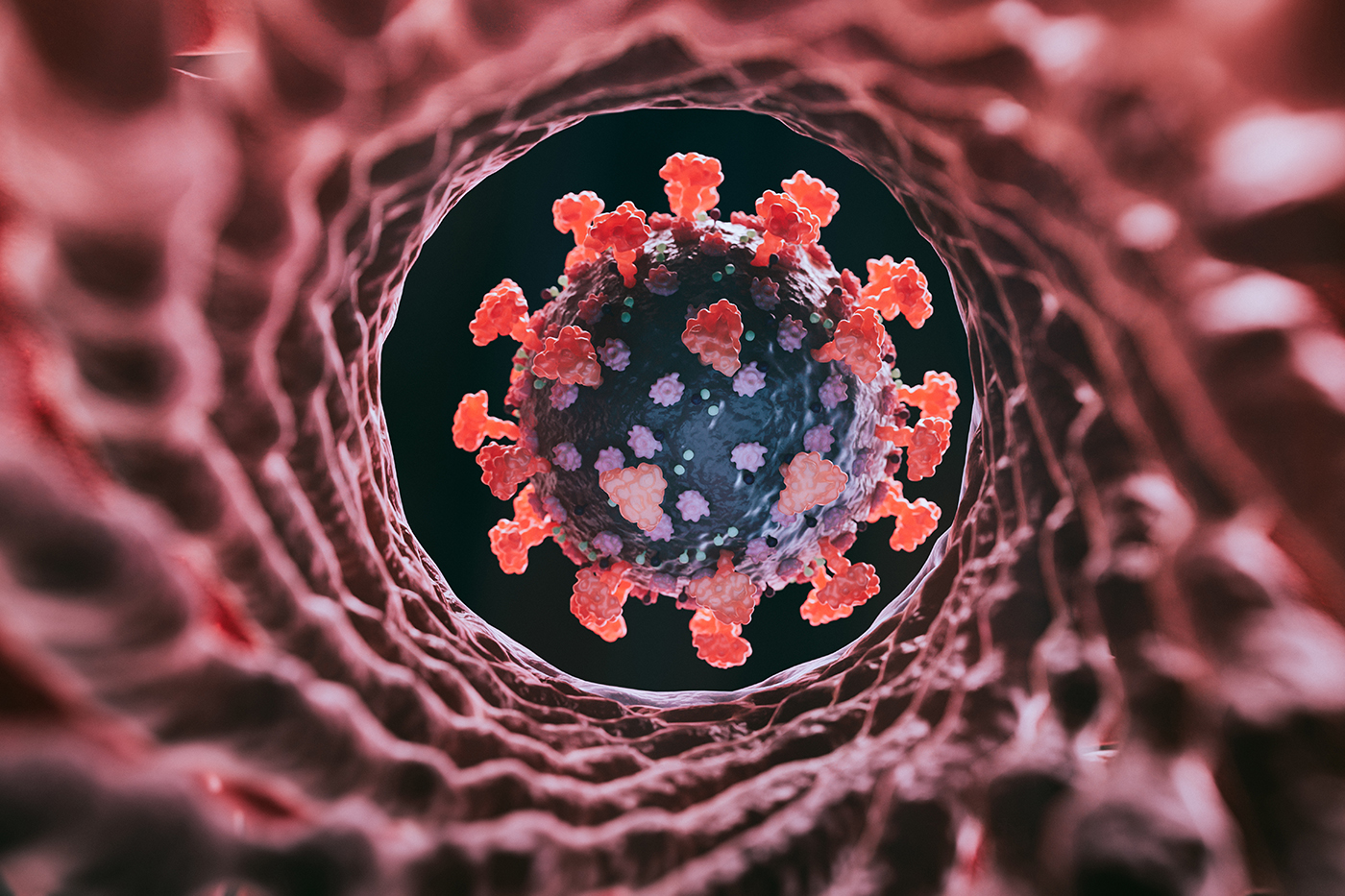The omicron variant swept around the globe, bringing a significant surge in COVID-19 cases and a resurgence of public health concerns about the pandemic a few months ago. That wave has long since receded, but the omicron variant of SARS-CoV-2 has further mutated.
Now, after spurring another wave of cases in Europe, the BA.2 subvariant of the omicron variant of the coronavirus has been declared the dominant strain by the World Health Organization. In several major cities in the U.S., scientists have detected elevated levels of BA.2 in wastewater surveillance and are monitoring COVID-19 cases there.
But that doesn’t mean this mutated version of the omicron variant is on the verge of causing another massive wave of cases, says Alessandro Vespignani, director of the Network Science Institute and Sternberg Family Distinguished Professor at Northeastern.
“So far, in the United States, we don’t see a huge rebound [of COVID-19 cases],” Vespignani says. “There are some indications that there might be some bumps ahead. Those bumps should not be comparable to what we went through in January and February with BA.1,” he says, referring to the scientific classification for the original version of the omicron variant.
Vespignani, who leads a team of infectious-disease modelers that has been developing a set of projections about the possible futures of the COVID-19 pandemic since the crisis began, says there will likely be some small waves of cases due to BA.2 here in the U.S. if what has happened over recent weeks in Europe is any indication.
“Although, even there, we see that these bumps are slowing down and, in some places, already declining,” he says. “So it tells us that BA.2 provides some new energy to omicron, but not enough to generate a big wave.”
Read more on News@Northeastern.
Photo by Getty Images.

